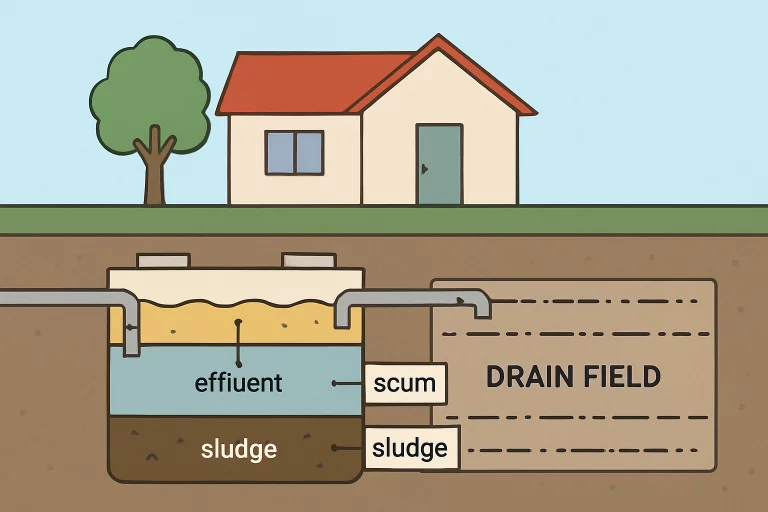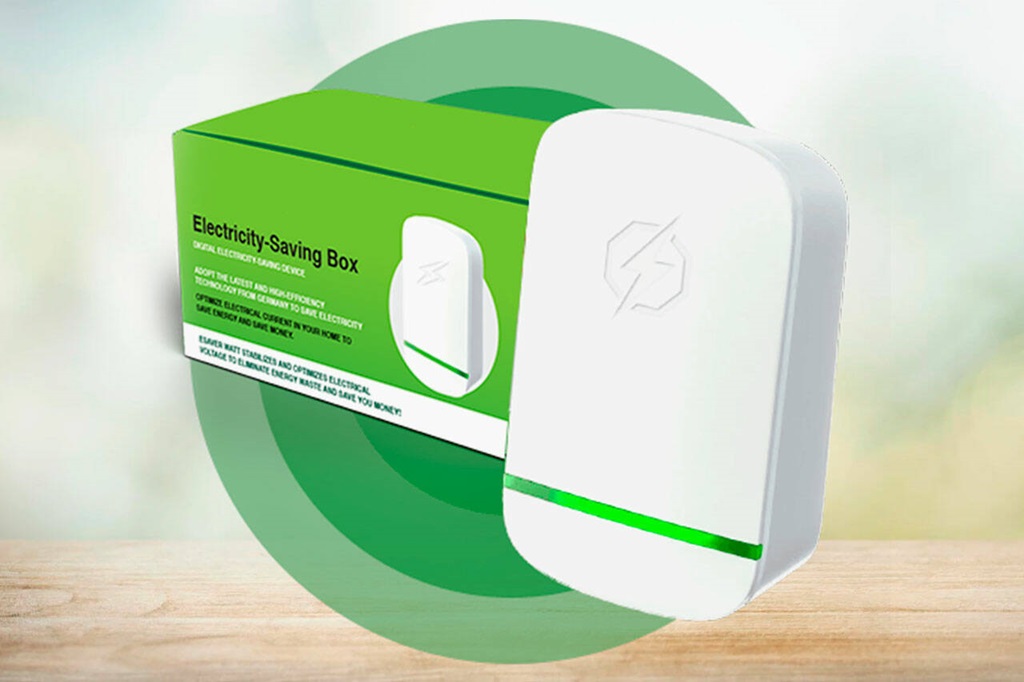Key Takeaways
- Consistent inspections and maintenance are a homeowner’s best defense against septic system breakdowns.
- Learning to recognize symptoms such as slow drains or foul odors enables prompt intervention before major problems escalate.
- Environmental factors, including excessive rainfall and flooding, can drastically impact the health and performance of your septic system.
- Knowing how to react during a septic emergency allows you to contain damage and protect your household from health risks.
Introduction
Septic systems operate quietly beneath our feet, providing an essential foundation for modern household sanitation, particularly for properties that lack access to municipal sewer lines. These systems are easy to overlook, but when issues arise, the consequences can be dire and costly, exposing families to hazardous waste, threatening the local environment, and resulting in expensive cleanup or repairs. Proper care and regular attention are integral to preventing potential disasters. As a homeowner, being aware of early warning signs and adopting immediate preventive actions is crucial. Should you ever confront a septic tank emergency, rapid response is vital because only professional intervention can effectively manage and resolve urgent issues, thereby protecting both your property and the surrounding ecosystem.
This comprehensive guide will empower you with essential knowledge regarding routine maintenance, early identification of warning signs, and the exact steps you must take when emergencies unfold. It’s always wiser—and far more cost-effective—to prevent problems before they start. Let’s thoroughly explore what you need to know to maintain a healthy and reliable septic system, ensuring your family’s safety, comfort, and financial well-being.
Understanding Septic Systems
The typical residential septic system is composed of two main parts: the septic tank and the drain field (also called a leach field). Wastewater from household activities flows directly into the septic tank, where natural separation processes occur. Sometimes, however, the system can experience a septic backup, which hinders the flow. Heavier solid materials settle to the tank’s bottom, accumulating as sludge, while lighter substances, such as oils and grease, float to the top and form a scum layer. The clarified liquid in the middle—called effluent—then moves into the drain field for further filtration by soil microbes before being safely treated and returned to the groundwater. By efficiently isolating and treating waste, septic systems uphold public health standards and shield local waterways from pollution. System malfunction not only disrupts this vital service but can also set the stage for disease outbreaks and ecosystem harm. Understanding how your system works is the first step to effective stewardship and prevention of avoidable emergencies.
Signs of Septic System Failure
- Slow-draining sinks, tubs, or toilets may indicate the initial stages of a blockage or backup in your septic lines. While sometimes attributed to minor clogs, persistent slow drainage is a classic sign that requires prompt attention.
- Unpleasant, lingering odors around your property—especially in the vicinity of the tank or drain field—suggest sewage or effluent is escaping rather than being properly treated and absorbed. This can create both unpleasant living conditions and a serious environmental hazard.
- Pooling or soggy patches of water over your drain field, even during dry spells, is a red flag that your system’s ability to filter and absorb effluent is compromised. Such saturation can expose pathogens at the surface, turning your yard into a health risk zone.
- Gurgling or bubbling noises in your plumbing fixtures, such as sinks or toilets, often indicate trapped air resulting from blockages or backups within the septic system.
Preventive Maintenance Tips
- Regular Inspections: Arrange to have your septic system inspected by a licensed professional at least once a year. Inspections can detect small leaks, minor root intrusions, or early signs of component wear before they develop into catastrophic failures, saving you significant expense and disruption.
- Pump the Tank: For most households, septic tanks should be pumped every three to five years. Larger families or those who use more water may require more frequent pumping. Professional pumping removes excess sludge and scum, maintaining proper system function and extending the equipment’s lifespan.
- Water Conservation: Every time you flush the toilet or run the faucet, it adds a load to your septic tank. Installing low-flow toilets, taking shorter showers, promptly fixing leaks, and spacing out water-intensive activities like laundry and dishwashing can prevent overloading and prolong the life of your drain field.
- Proper Waste Disposal: Always dispose of hazardous household waste, heavy-duty chemicals, fats, oils, and grease (FOG) by local guidelines, never down the drain. These materials can kill beneficial bacteria, corrode tank components, and create blockages or environmental hazards.
Impact of Flooding on Septic Systems
Flooding and severe weather events can overwhelm even a well-maintained septic system. Excess rainfall or rising groundwater saturates the soil in the drain field, halting its ability to filter, absorb, and treat effluent. The outcome is frequently disastrous, as untreated sewage may back up into your home or surface in the yard. If you suspect floodwaters have damaged your septic system, it’s essential to stop using it until a professional inspects and confirms it’s safe. Flooded systems can expose your family to dangerous pathogens and cause lasting soil contamination.
Steps to Take During a Septic Emergency
- Stop Using Water: Cut water use immediately throughout the home. Cease all activities that might introduce more water into the system, such as laundry, showers, or dishwashing, until the emergency is resolved.
- Identify the Problem: Inspect both the inside and outside of your home for signs such as backed-up sewage, pooling water, or foul odors. Document what you find with photos to help professionals diagnose the issue quickly and accurately.
- Contact a Professional: Time is of the essence in a septic tank emergency. Immediately call a licensed septic service expert. Do not attempt to fix the problem yourself; untrained efforts can worsen damage, lead to unnecessary exposure to hazardous waste, and complicate repair costs.
- Ensure Safety: Keep all family members and pets away from the affected area. Contaminated wastewater poses significant health risks, with the potential for spreading diseases, infections, or harmful contaminants onto surfaces and through airborne contact.
When to Call a Professional
Never take chances with the safety of your home and family. If you notice slow drains, persistent odors, or standing water in your yard, take action promptly. Professional assessment is the only way to identify underlying causes and implement the corrective actions needed to prevent escalation. During major weather events or significant flooding, entire communities have experienced wide-scale septic failures, as seen in Vermont, where outside intervention was essential to restore safe sanitation.
Conclusion
Safeguarding your septic system provides more than just financial savings; it’s a critical step toward protecting your loved ones and your environment. Stay diligent with regular inspections, sensible water use, and correct waste disposal practices. At the first sign of trouble, act promptly and involve professionals to prevent minor issues from escalating into major crises. By following this proactive approach, you reliably extend the life of your septic system—and maintain peace of mind for many years, knowing your home is safe, clean, and environmentally responsible.





